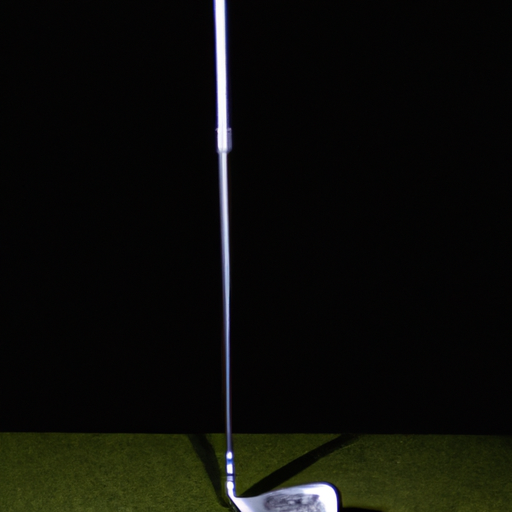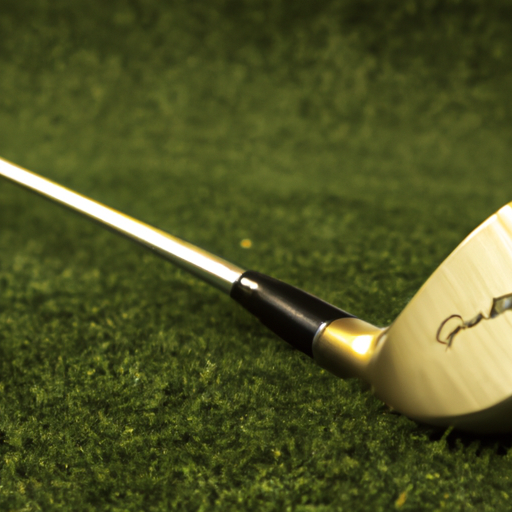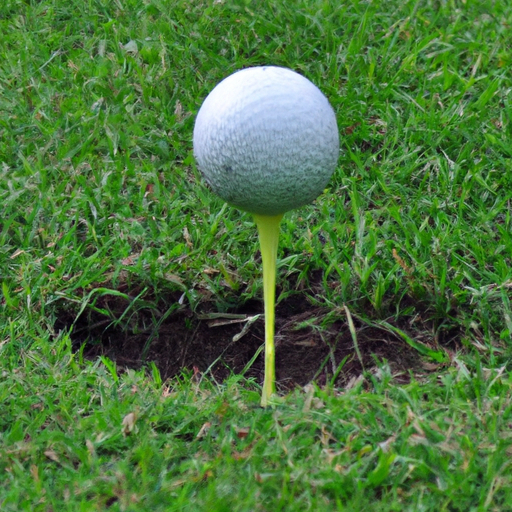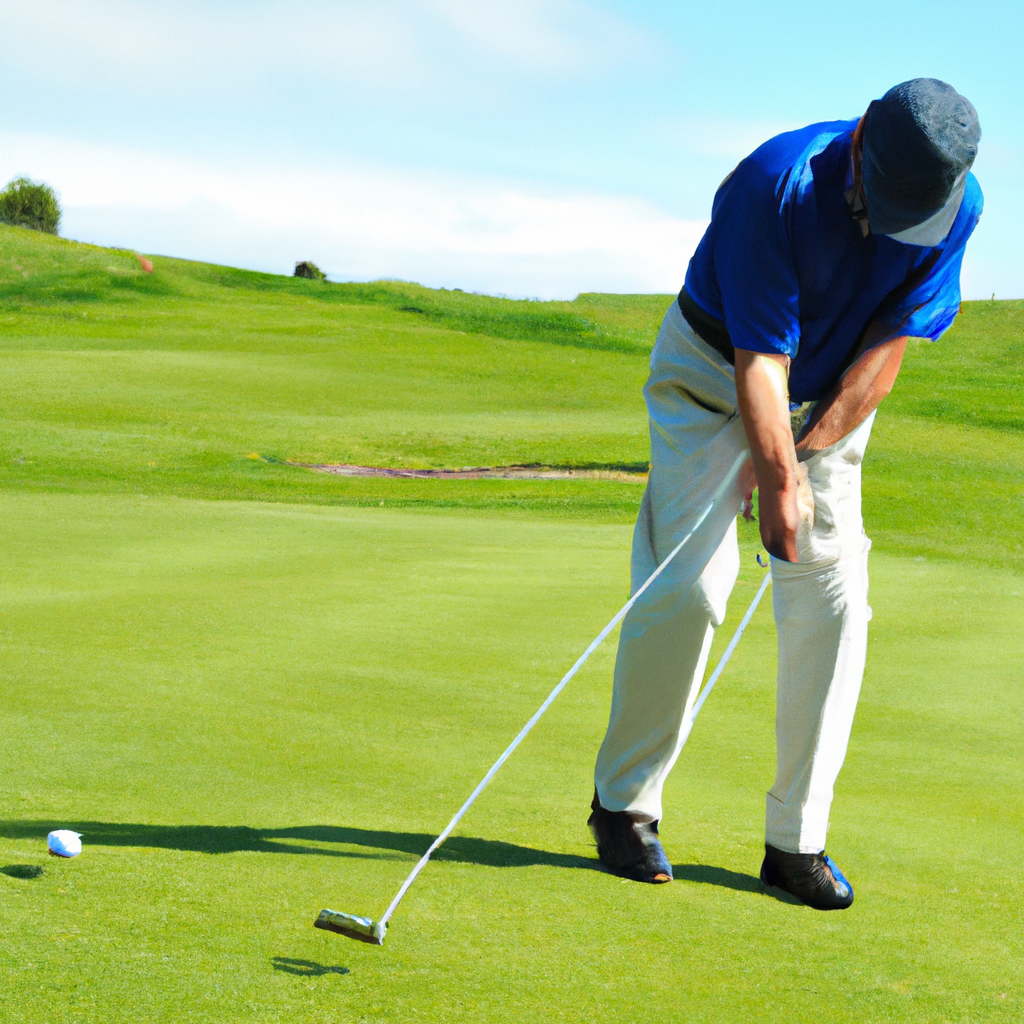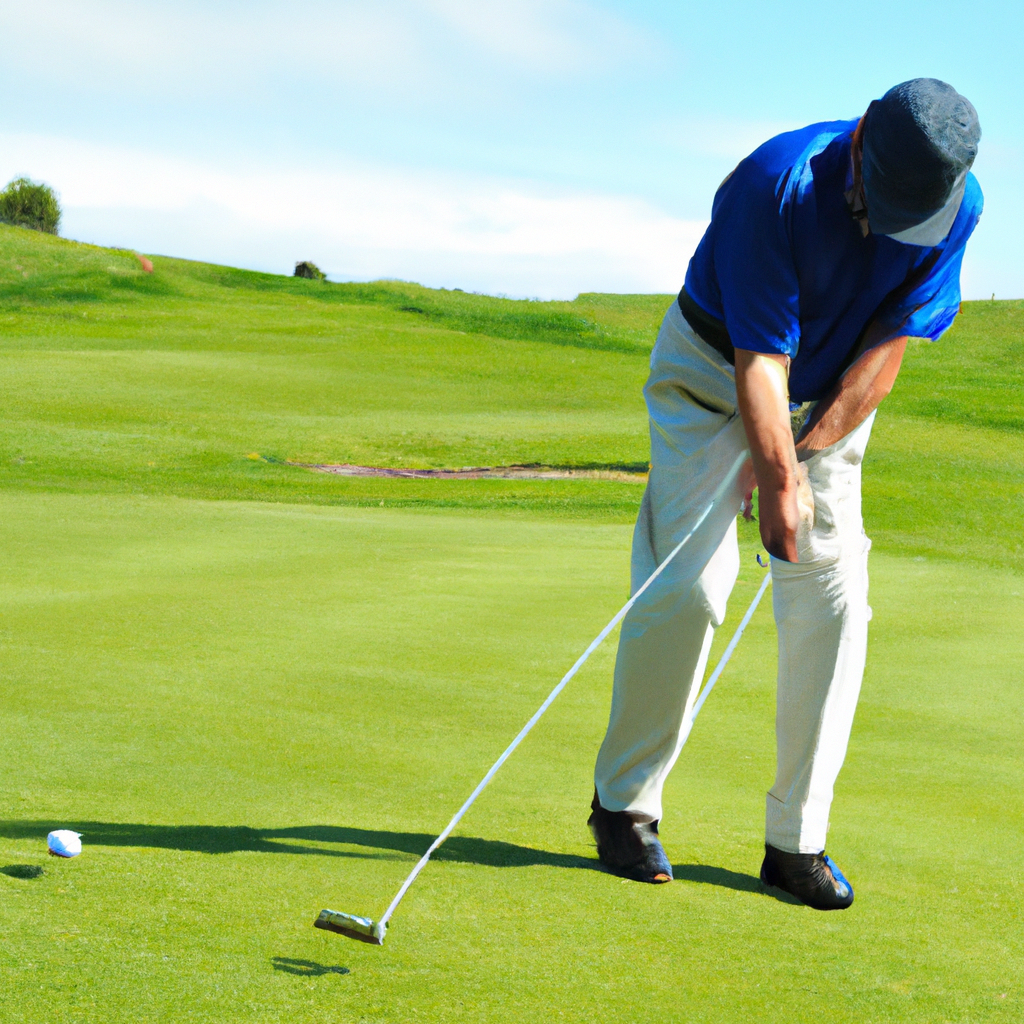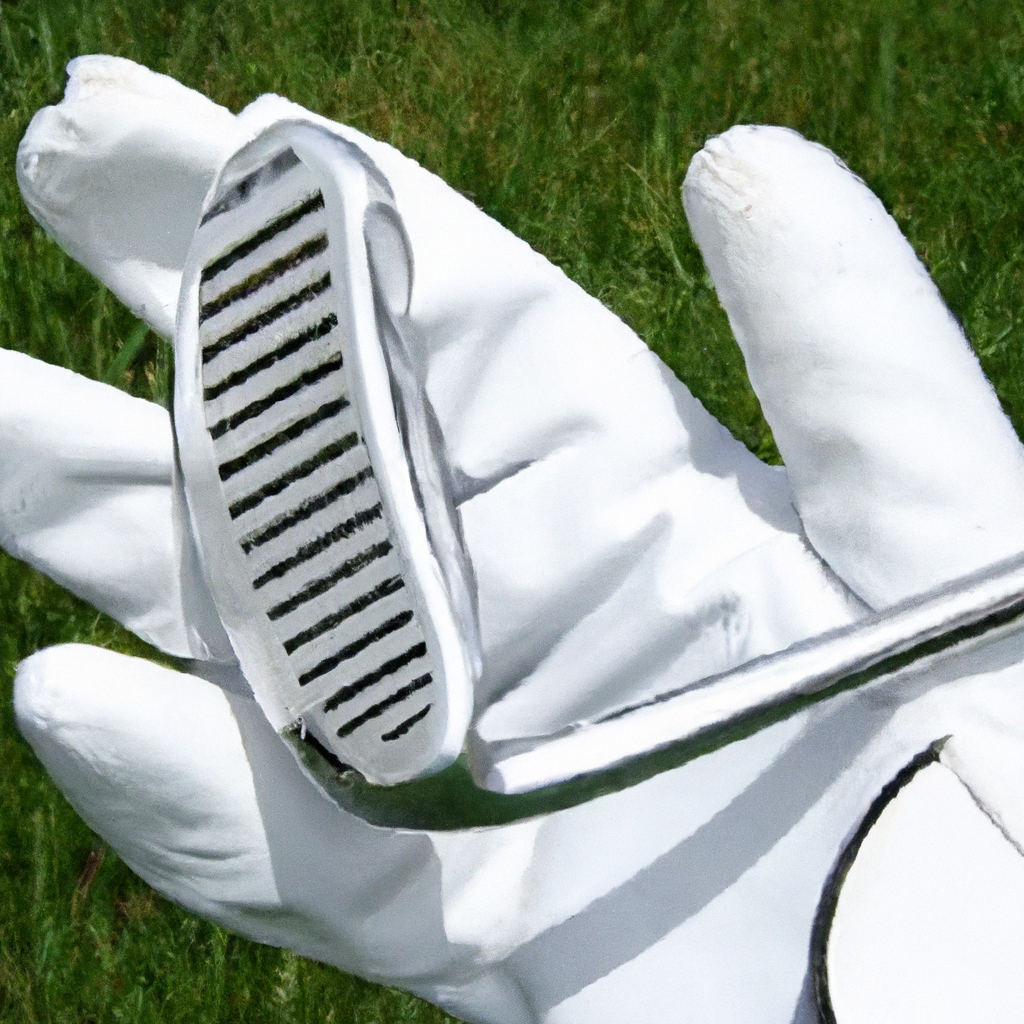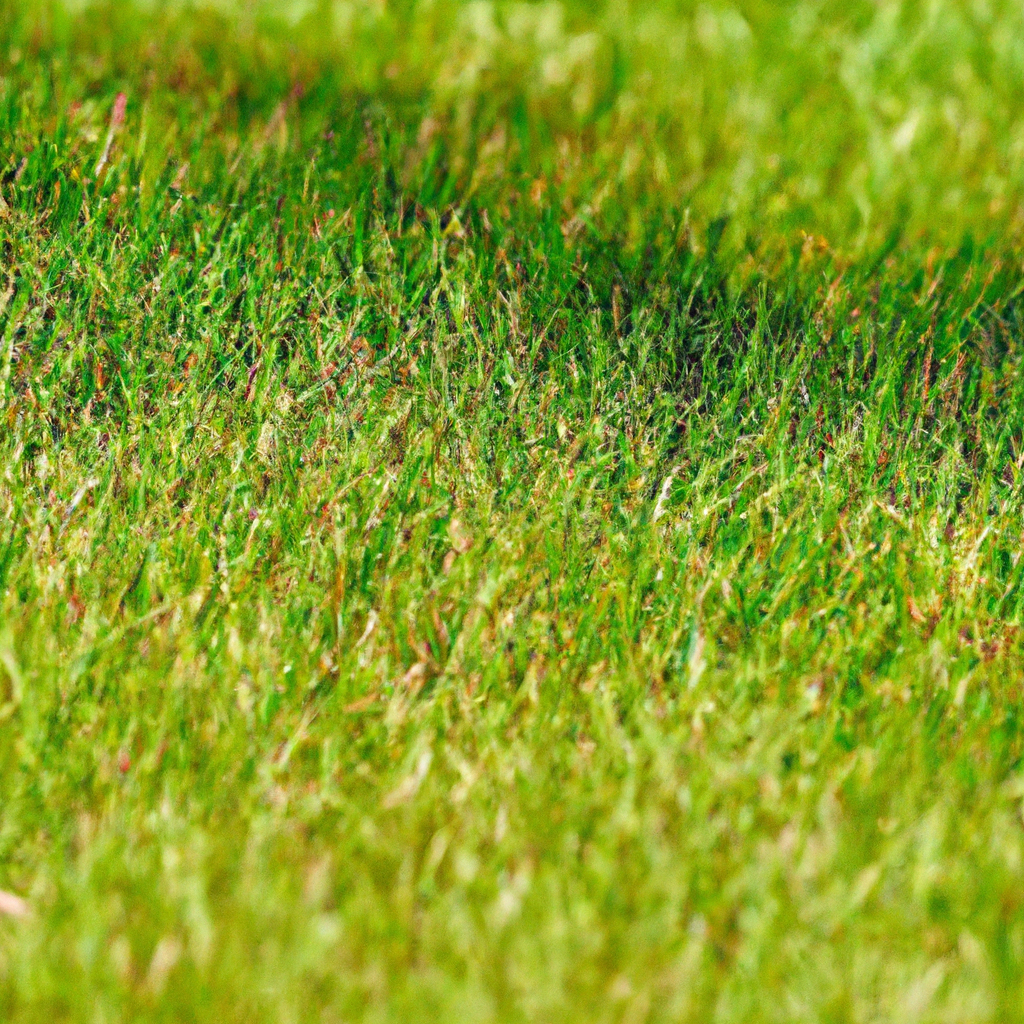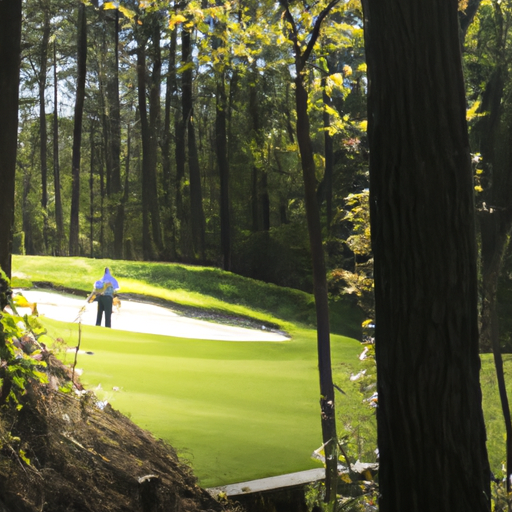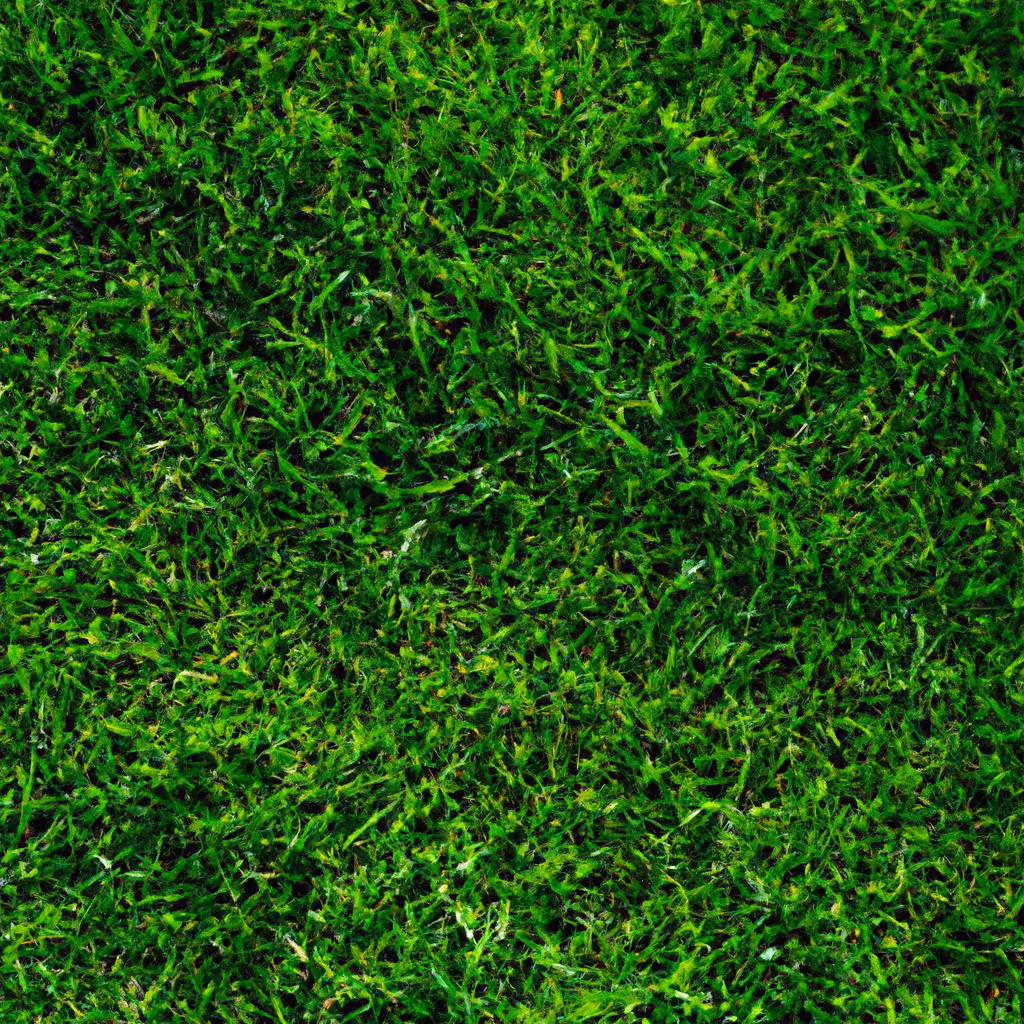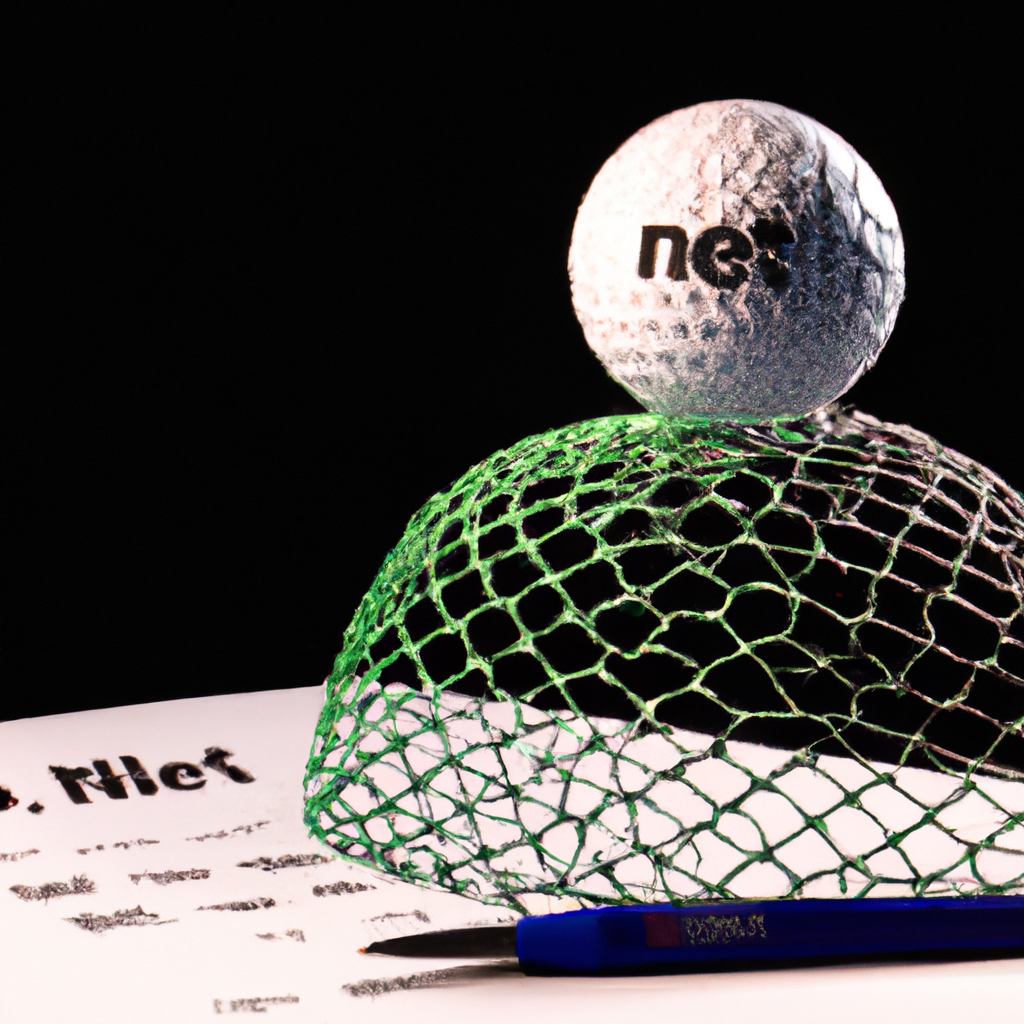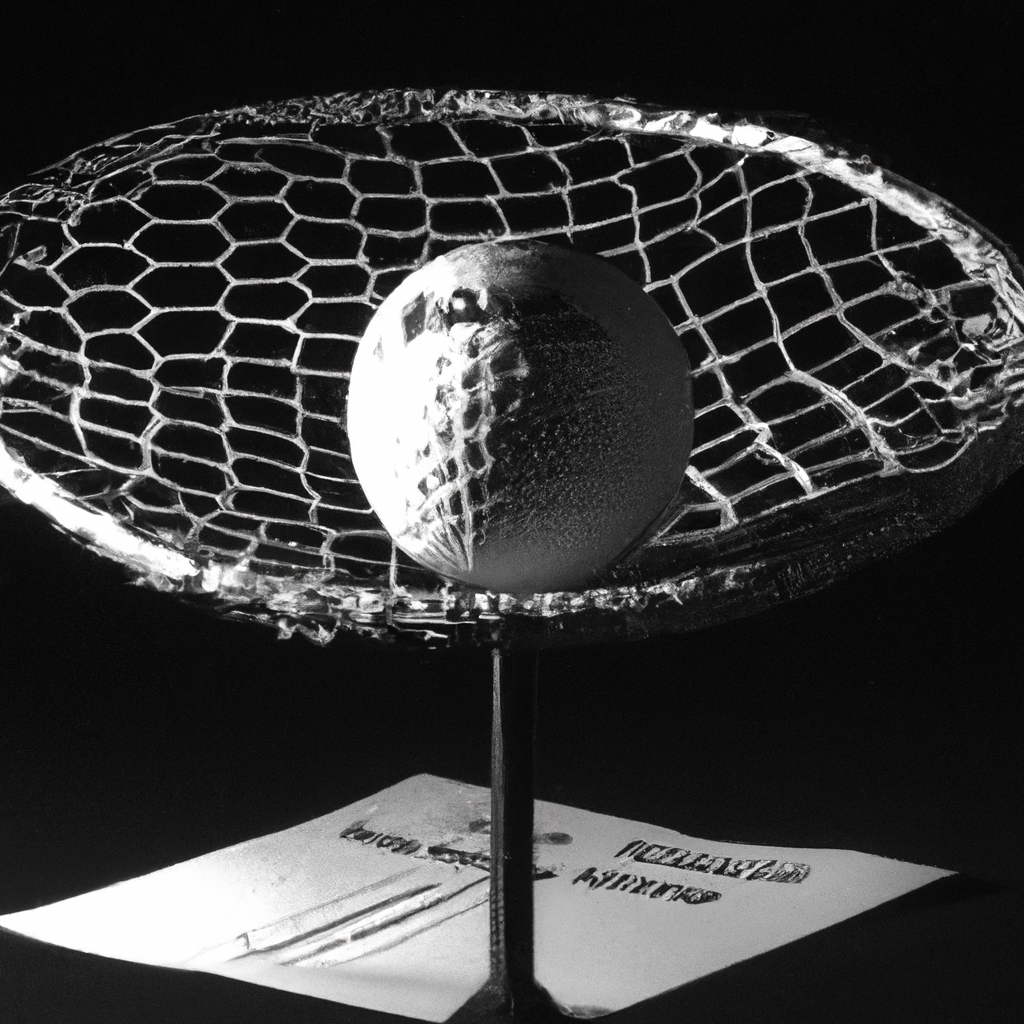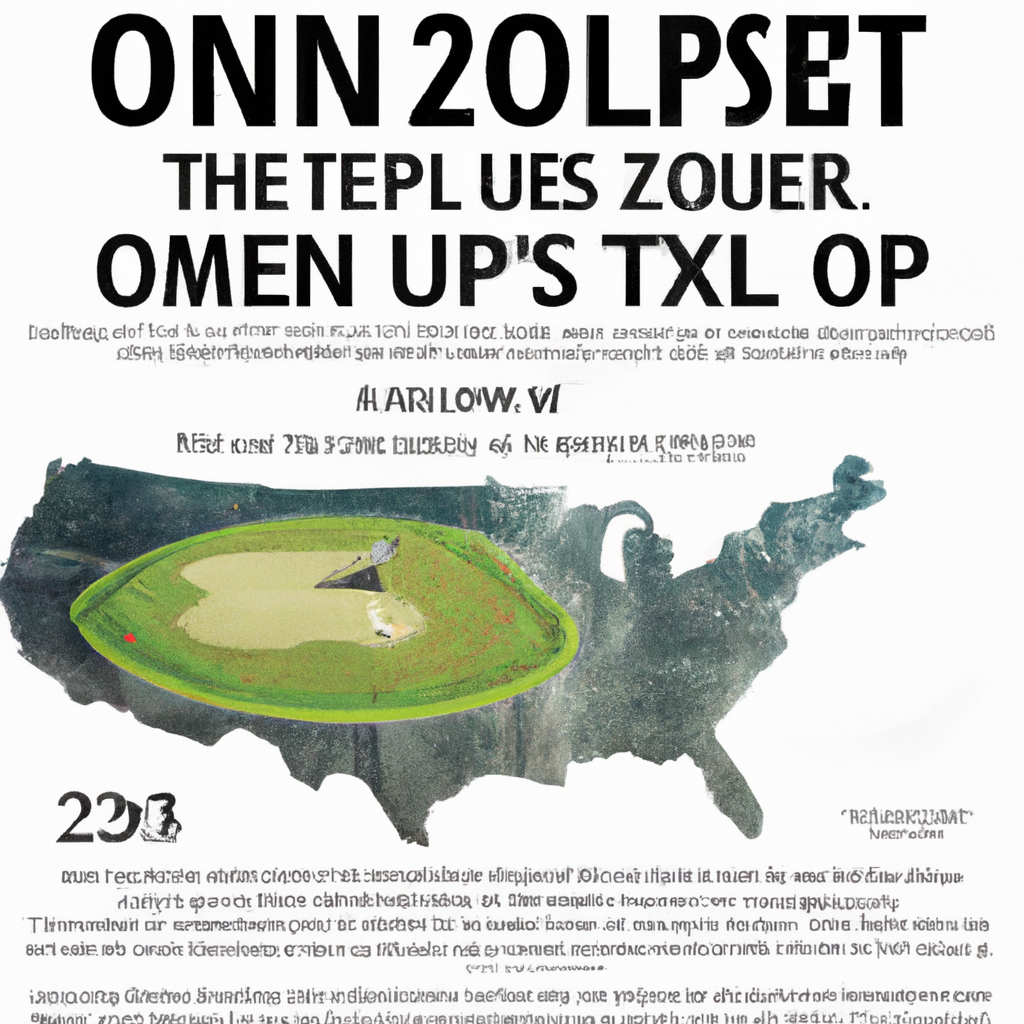Table of Contents
The Role of Hybrids in Improving Golfers’ Long Game
The Role of Hybrids in Improving Golfers’ Long Game
In the realm of golf, the quest for the perfect shot has led to the evolution of equipment designed to enhance performance and forgiveness on the course. Among these innovations, hybrids have emerged as a pivotal tool for golfers looking to improve their long game. These clubs are engineered to combine the best attributes of woods and irons, offering a unique solution for various challenges that players face during play.
Hybrids, often referred to as utility clubs or rescue clubs, are primarily used to bridge the gap between the lower irons and the fairway woods. Traditionally, long irons were the go-to clubs for distance shots requiring precision, but they presented a steep learning curve due to their smaller sweet spots and lower trajectory. Conversely, fairway woods provided distance but lacked the control needed for specific situations on the course. Hybrids address these issues by offering a compromise that brings together distance, control, and versatility.
The design of hybrids features a head that is typically smaller than a fairway wood but larger than an iron. This head shape allows for a lower center of gravity, which in turn helps golfers launch the ball higher and with less effort. The wider sole of a hybrid also contributes to better playability from various lies, whether it be from the rough, fairway, or even a fairway bunker. This adaptability makes hybrids an invaluable asset when facing challenging shots that would otherwise require a high level of skill with a long iron.
Moreover, hybrids are equipped with a shaft that is shorter than that of a fairway wood, which gives players more control over their swing and the ball’s flight path. This control is crucial when attempting to navigate hazards or when aiming for a precise landing area on the green. The increased forgiveness of hybrids also means that off-center hits are less likely to result in significant penalties in terms of distance and accuracy, thus boosting a golfer’s confidence when taking on longer shots.
The versatility of hybrids extends to their use in various playing conditions and strategies. For instance, in windy conditions, a hybrid can be used to keep the ball flight lower, reducing the impact of the wind and increasing the likelihood of reaching the intended target. Additionally, for golfers who struggle with their long irons, replacing them with hybrids can simplify club selection and improve overall performance.
Hybrids have also found a place in the bags of professional golfers, who utilize them for strategic advantages on the course. The ability to shape shots and control trajectory with hybrids allows these top players to tackle courses with greater creativity and precision. As a result, hybrids have become a staple in the modern golfer’s arsenal, regardless of skill level.
In conclusion, hybrids serve a multifaceted role in the game of golf, providing a solution for long-distance shots that require both power and finesse. Their design bridges the gap between woods and irons, offering a blend of forgiveness, control, and versatility that can significantly improve a golfer’s long game. Whether facing tough lies, challenging weather conditions, or simply seeking consistency in their shots, golfers of all levels have come to rely on hybrids as an essential component of their equipment, enabling them to navigate the course with greater confidence and success.
Hybrids vs. Long Irons: Advantages on the Fairway
Hybrids have become an integral part of the modern golfer’s bag, offering a versatile solution for a variety of shots on the course. These clubs are designed to combine the best features of woods and irons, providing a unique tool that can significantly improve a player’s game. In the realm of golf, hybrids are particularly lauded for their advantages over long irons when it comes to shots from the fairway.
Traditionally, long irons were the go-to clubs for distance shots that required more control than a wood could offer. However, many golfers, especially amateurs, often struggle with long irons due to their lower forgiveness and the higher skill level required to use them effectively. This is where hybrids come into play, as they are engineered to offer a more forgiving alternative to long irons, making them accessible to a wider range of players.
One of the primary benefits of hybrids is their design. The head of a hybrid is typically larger than that of an iron, which results in a lower center of gravity. This lower center of gravity helps to launch the ball higher and with less effort, making it easier for golfers to achieve the desired trajectory, even from challenging lies. Moreover, the increased head size provides a larger sweet spot, which translates to better performance on off-center hits. Consequently, golfers can expect more consistent distances and improved accuracy when using hybrids.
Furthermore, hybrids are equipped with wider soles that contribute to their versatility. The wider sole design helps to reduce the chances of digging into the turf, which is a common problem with long irons, especially in the hands of less experienced players. This feature allows for smoother interaction with the ground, making it easier to hit solid shots from a variety of lies, including the rough or fairway bunkers. The improved ground interaction also means that hybrids can be used effectively in different course conditions, from wet to dry, offering a level of adaptability that long irons cannot match.
The shaft length and weight distribution of hybrids are also factors that contribute to their effectiveness on the fairway. Typically, hybrids have shorter shafts than fairway woods, which gives golfers more control over their swing and the ability to make more precise shots. The weight is often distributed around the perimeter of the clubhead, which increases the moment of inertia, reducing the amount of twisting on impact with the ball. This perimeter weighting helps to stabilize the club during the swing, leading to straighter shots and a reduction in the effects of mishits.
In addition to their technical advantages, hybrids are also psychologically beneficial for many golfers. The intimidation factor of a long iron shot is well-known, and the confidence that comes with wielding a more forgiving club can make a significant difference in a player’s performance. The mental comfort of knowing that a hybrid is less likely to result in a poor shot can lead to a more relaxed and confident swing, which is crucial for success on the course.
In conclusion, hybrids offer a multitude of advantages over long irons, particularly when it comes to shots from the fairway. Their design promotes a higher ball flight, forgiveness on off-center hits, and ease of use from various lies. The wider soles, shorter shafts, and strategic weight distribution enhance control and stability, making hybrids a valuable asset for golfers looking to improve their long game. Whether for the amateur seeking consistency or the seasoned player looking for versatility, hybrids have proven to be an indispensable tool in the quest for a better score.
Utilizing Hybrids for Versatility in Different Course Conditions
Hybrids in golf have revolutionized the way players approach various course conditions, offering a versatile tool that bridges the gap between the long irons and the fairway woods. These clubs are designed to combine the best features of both types of clubs, providing golfers with a multi-purpose option that can be used in a wide range of situations on the course.
Traditionally, long irons were the go-to clubs for distance shots that required more control than a wood could offer. However, many players found long irons challenging to hit due to their lower trajectory and less forgiving nature. Conversely, fairway woods provided the distance but often lacked the precision needed for specific shots. Enter the hybrid, which offers a solution to these challenges by incorporating a larger clubhead like a wood with a flatter face and shorter shaft akin to an iron. This unique combination allows for easier contact with the ball, resulting in higher and longer shots with more accuracy than long irons.
One of the primary uses of hybrids is to achieve distance from challenging lies. On the fairway, a hybrid can be used to cover long distances with greater control, especially when the ball lies in the rough or in a divot. The design of the hybrid allows for better playability from these tough spots, as the wider sole glides through the grass more effectively than an iron, reducing the chances of the club getting caught and affecting the shot.
Moreover, hybrids are particularly useful in adverse weather conditions. When the wind is a factor, the lower center of gravity in a hybrid helps keep the ball flight lower and more piercing, allowing the golfer to maintain control and distance. In wet conditions, the hybrid’s design minimizes the impact of the turf on the club’s performance, ensuring that the ball can still be launched effectively without the clubhead digging too deeply into the ground.
Another situation where hybrids prove their worth is on long par-3s or when approaching the green on a par-4 or par-5. The added loft compared to long irons gives the golfer the ability to stop the ball more quickly on the green, which is crucial when targeting tight pin positions or when the green is surrounded by hazards. The control and forgiveness offered by hybrids make them an excellent choice for these precision shots.
Furthermore, hybrids can be used for chip shots around the green. While not a traditional use, the hybrid’s design allows for a bump-and-run style shot, which can be particularly effective on fast greens or when the ball is sitting down in the fringe. The club’s loft provides just enough lift to get the ball rolling smoothly on the green, while the length of the club gives the golfer better control over distance.
In conclusion, hybrids serve as a versatile addition to any golfer’s bag, capable of handling a variety of course conditions and shot types. From difficult lies in the rough to precision shots into the green, hybrids offer a blend of distance, control, and forgiveness that can significantly improve a player’s game. As golf courses become longer and more challenging, the hybrid’s role continues to grow, making it an indispensable tool for golfers seeking to navigate the complexities of the modern game with confidence and skill.
Conclusion
Hybrids in golf are used to combine the best features of woods and irons, offering easier playability and more versatility. They are typically used to achieve long distances with a higher launch and softer landing, particularly from challenging lies or for players who struggle with long irons. Hybrids are a popular choice for their forgiving nature and ability to replace harder-to-hit long irons, making them a valuable addition to many golfers’ bags for improved performance on the course.
